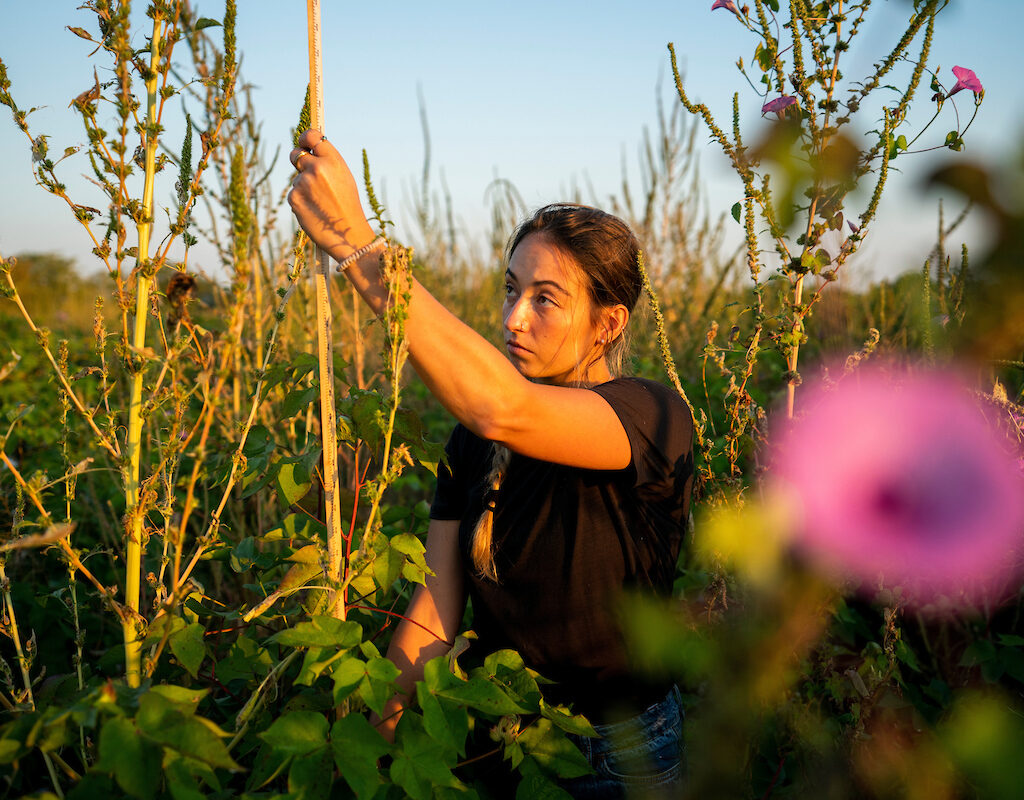Weeds & Invasive Plants
We offer educational resources on weeds, native weeds and invasive species of plants. Information on topics ranging from the economic and environmental harm of invasive species to how to control or eradicate them, as well as the important role native weeds play in our ecosystem, is available to all Texans.

Learn About
Weeds & Invasive Plants
Publications
Programs
All Resources on Weeds & Invasive Plants
- Course
This online course is designed for landowners and pesticide applicators who are looking for techniques to control pond algae and floating aquatic plants, commonly known as pond weeds or pond grass. This course offers 1 hour of IPM CEU credit.
- Course
This four-course aquatic vegetation series provides landowners and pesticide applicators biological information for submerged, algae, floating, and emergent species of problematic aquatic plants found in Texas.
- Course
This course is designed for landowners and pesticide applicators who are looking for aquatic vegetation management techniques or CEUs. During this course, you will learn why aquatic vegetation is problematic, how to manage it, prevention methods, and effective forms of control and mode of action.
- Publication
This 3-page publication describes Coyotillo, lists symptoms of livestock poisoning, and discusses preventive measures.
- Publication
Wheat lost to weeds is yield you can’t get back. This 2025 edition of Weed Control Recommendations in Wheat is your up-to-date, Texas-specific playbook for beating weeds in wheat. Learn region-tested strategies to stop resistance and protect your harvest. Grab your copy today!